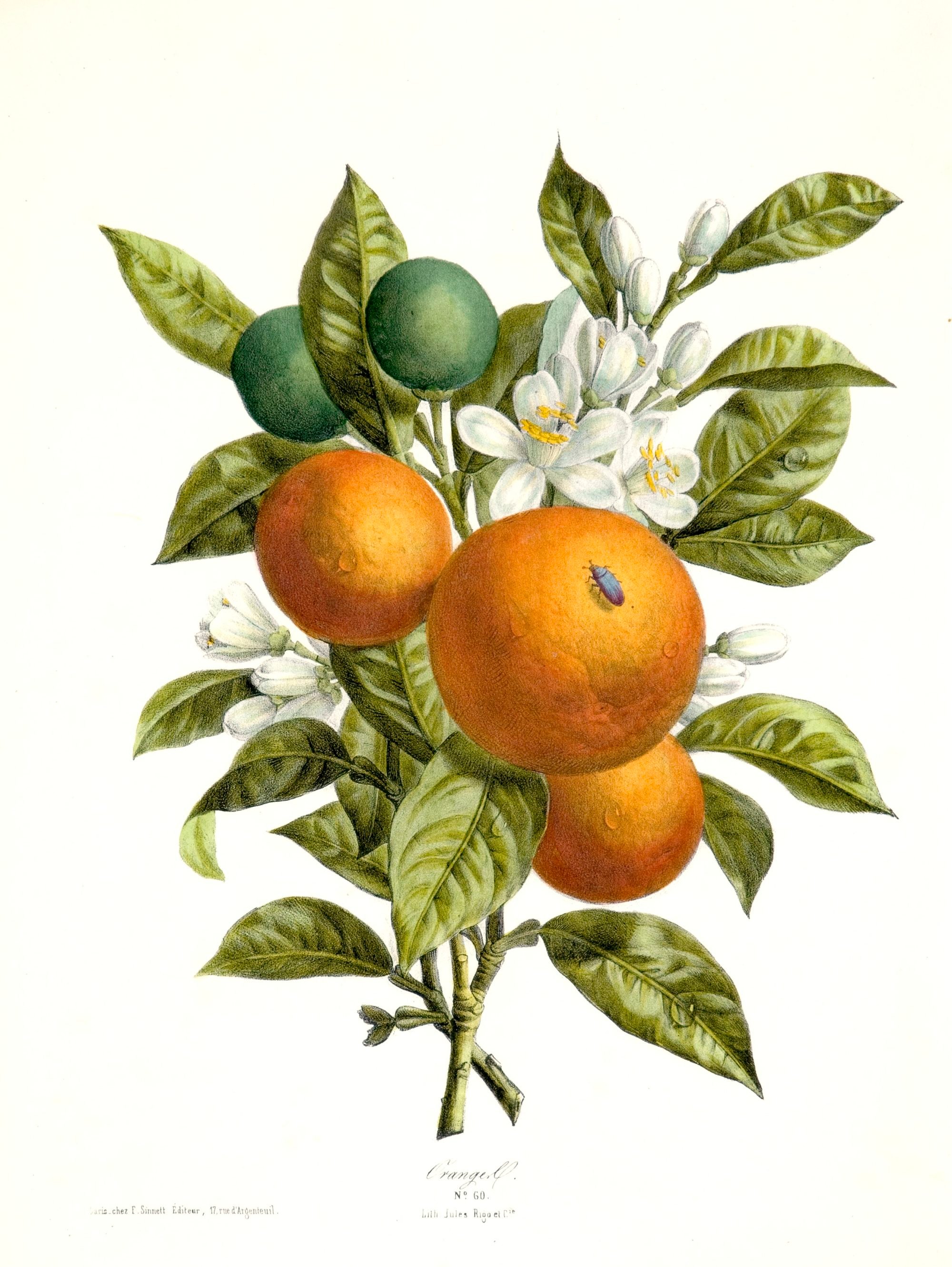
The orange’s origins: how it travelled from East to West and its name evolved
- The orange’s history starts in the Himalayan foothills 8 million years ago, with citron the first species to head west
- The mandarin orange cultivar was the last major citrus to travel westward, arriving in England from China in 1805
Oranges abound worldwide. Citrus, however, originated – 8 million years ago – in the southeast Himalayan foothills, a region including eastern Assam, India, northern Myanmar and western Yunnan province, in China, and subsequently dispersed into other parts of Southeast Asia, with local species diversification.
The first species to spread west was citron (Citrus medica), through Persia and the Southern Levant from the fourth and fifth centuries BC, then to the western Mediterranean in the second and third centuries BC, while lemon was known to the Romans by the late first century BC.
The sour or bitter orange (Citrus aurantium), the product of hybridisation in southern China or northern Indochina, was introduced to Mesopotamia and the eastern Mediterranean in the 10th century.
Texts report it to have been brought from India to Oman, and then to Iraq, Syria, Palestine and Egypt, the Arabs playing a major role in its spread during the Arab Muslim Empire.

It is unsurprising then that the name “orange” originates in a Dravidian, possibly Tamil, root nurga, meaning “fragrant”, and, via the Sanskrit nāraṅga “orange tree”, it developed into the Persian nārang and Arabic nārandj.
The fruit continued to be spread, around 1100, to northern Africa, Sicily and the rest of the Mediterranean. Its name followed and evolved: narantsion in late Medieval Greek, the Venetian naranza and other similar Romance language forms.
The initial n- was later lost (a linguistic process that occurs with a preceding indefinite article ending in -n). From the Italian arancia, Middle French and Anglo-Norman developed pomme d’orenge and pume orange, becoming orange in late-14th century Middle English.
After one famously outlasted Liz Truss, the origin of the word ‘lettuce’
Sweet orange (Citrus sinensis) reached Europe later, in the 1400s, through the commercial trade route established and maintained by the Genoese.
The mandarin orange cultivar (Citrus reticulata) was the last major citrus to travel westward. The first specimen was brought from China to England in 1805, then to Italy, becoming well established by 1850. Cultivation spread quickly to other Mediterranean countries.
Its name comes from the Swedish mandarin apelsin “mandarin orange”, documented earlier by Pehr Osbeck, Swedish explorer, naturalist and apostle of Carl Linnaeus, in his 18th century travels to China and the East Indies.

One explanation of its name lies in the likeness of the fruit’s colour to the yellow silk robes of mandarins.
Osbeck also reported the fruit’s Chinese name as kamm, a probable transcription of the Cantonese gām. Sinitic speakers will know this word to have an auspicious homophone: when during the Lunar New Year we give mandarin oranges – sung gām (in Cantonese) – we are really giving gold.

